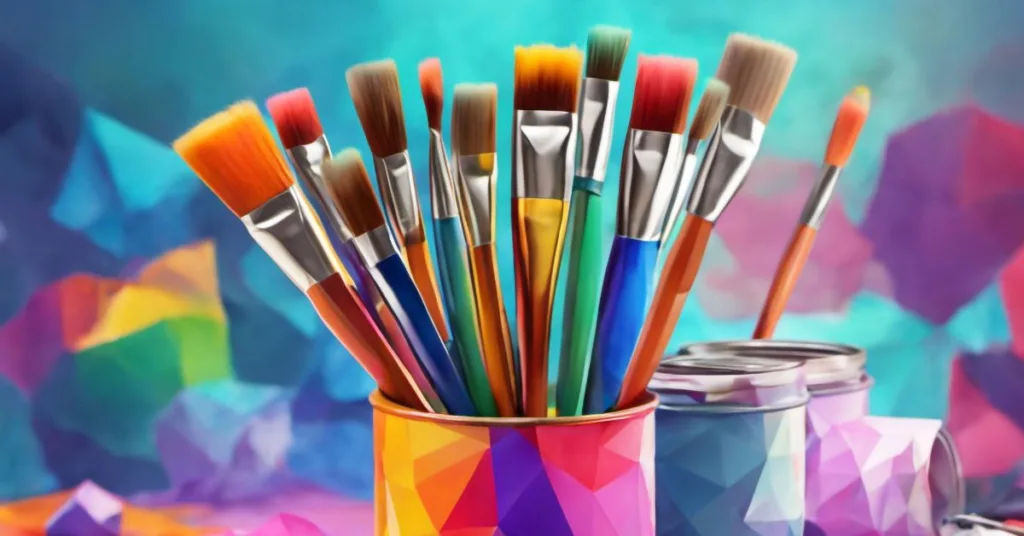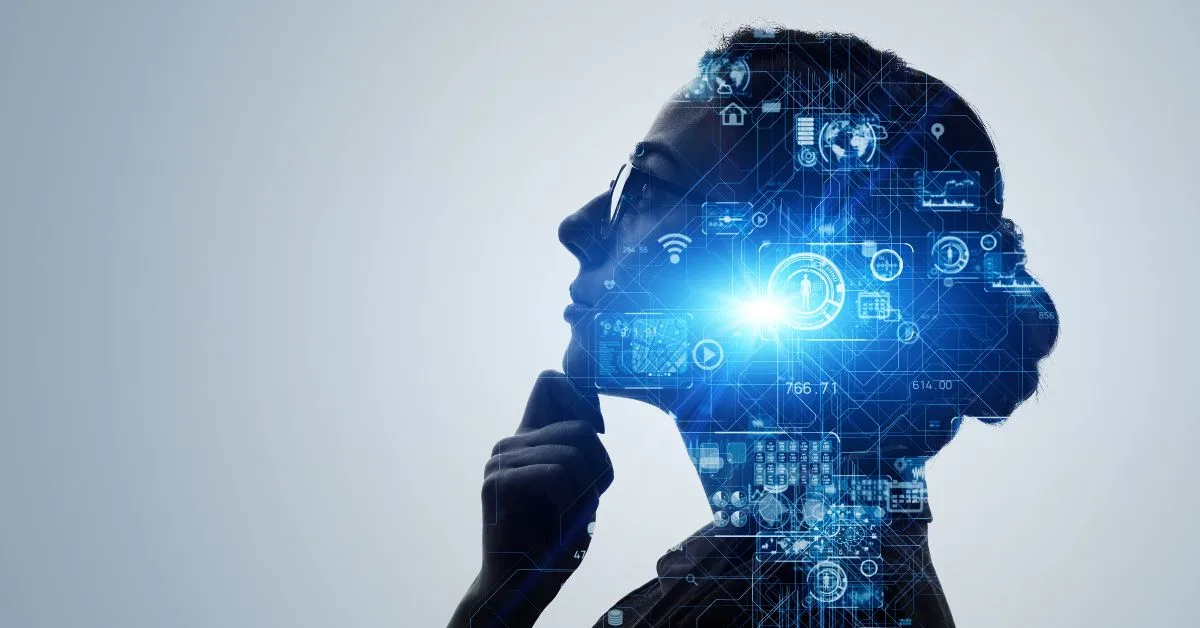Artificial Intelligence (AI) has unlocked revolutionary avenues for both consuming and creating art. Sophisticated algorithms can now assist human artists as collaborative partners while also generating intricate illustrations or paintings independently based simply on text prompts.
But how can casual users tap into these AI artistic superpowers constructively?
In this guide, we will cover actionable steps to start making AI-powered digital artworks tailored to your creative vision and needs – whether you’re an artistic hobbyist or professional.
Why Create AI Art?
Before diving into the exact “how to” instructions, it’s worthwhile covering the expanding possibilities driving adoption of AI art platforms:
💡Idea Generator: Get inspired for art subjects through AI image variations
🎨Drafting Assistance: Use as base structure for adding original touches
✂️Composition Tool: Cut-out desirable elements from multiple outputs
🖌️Drawing Guide: Provide style transfer demonstration for techniques
🚀Workflow Enhancer: Automate repetitive graphic design tasks
📚Art Reference: Catalog inspiration images with contextual tags
Leveraging AI as versatile assistants augments human creativity in manifold ways. Now let’s get started!
5 Easy Steps to Make AI Art

Below are the 5 essential steps to create an awesome AI art.
Step 1 – Select AI Art Software
Many excellent tools exist today for rendering AI artworks. Some top options include:
DALL-E 3: Powerful image generation from text, with creative control.
Midjourney: Diverse artistic styles from prompts within Discord.
StarryAI: Easy-to-use AI Art Maker mobile app.
Adobe Photoshop: Integrates AI effects like selection refining.
Procreate: iPad illustration app with ML painting/drawing aids.
Choose software aligning with your art goals, budget, device access and UI preferences based on comparative assessments.
Step 2 – Craft Descriptive Prompts
Composing prompts becomes vital for manifesting your envisioned art directions through AI models.
Some prompt optimization tips:
🎯 Specify Details: More descriptors like subject poses, backgrounds and moods translate accurately versus ambiguous terms.
💬Example Images: Linking representative reference pictures enhances context.
🖼️ Multiple Options: Request several output variants to select favorite features from.
✂️ Element Removal: Use syntax like “without…” to discard unwanted portions.
Refining prompts iteratively helps guide creations closer to imagination.
Step 3 – Handle Outputs
Upon generation from text cues, model outputs warrant thoughtful handling for enriching end products:
🔁 Regenerate & Remix: Revisit portions needing tweaks through regenerated iterations and compositing multiple results.
✨ Post-Process: Import into Photoshop or Procreate for advanced editing by subtracting, transforming or merging layers.
🖋️ Incorporate Originals: Add original drawings on top of AI foundations for personalized touches.
📝 Track Metadata: Log generation parameters like prompts and model details for replicability.
Strategic ideation flows stretch initial AI suggestions further.
Step 4 – Grow Your Process
With fundamental AI art workflows established through practicing core tool functionalities, additional techniques promote steady progress:
🧠 Learn-As-You-Go: Absorb how prompt syntax adjustments induce different stylistic outcomes.
🗺️ Vary Contexts: Explore diverse topic domains through art prompts feeding wider perspectives to models.
🚦 Set Constraints: Add new challenges around palettes, shapes or compositions for self-growth.
👥 Share & Collaborate: Co-create with friends by remixing each other’s outputs for constructive feedback.
The journey of nurturing AI enhanced art practice cultivates codifying one’s own artistic language and needs.
Step 5 – Consider Ethics
As integral elements in modern art toolchains, responsibly embedding AI modelsnecessitates certain considerations too:
i️Transparency: Document if/how AI used within creation processes for authentic claims.
🔬Reliability: Corroborate accuracy of generated image aspects against facts where applicable.
⛔Harm Avoidance: Sensitively filter BIPOC, gender or accessibility issues in model outputs through continual tuning prompted by glaring oversights.
🎞️Accessible Mediums: Support iterations both digitally and materially made tangible through 3D printing or merchandizing to inspire communities.
Exercising ethics while making AI art kindles purposefulness.
Read More: How to Get ChatGPT to Write an Essay for Academic
Guiding AI Artistry With Human Intent
Modern artists have an unprecedented opportunity to guide AI functionalities towards manifesting personal creative goals ranging from devising compelling compositions to streamlining rote tasks.
By following structured onboarding covering optimal prompt phrasing to responsibly handling derivative generative outputs, both hobbyists and professionals can start producing AI-infused art within existing creative workflows through platforms like DALL-E 3, Midjourney and more.
Equal parts assistant in imagining subjects and mediator of technical tediousness, AI promises to amplify studio productivity while reducing barriers for curious minds to manifest imagination visually! So integrate text-to-image solutions and watch creativity flourish!
Yet collateral policy conversations around copyright or misrepresentation compel tech builders and adopters alike to embed ethical checkpoints for steering this collaborative art renaissance meaningfully.

